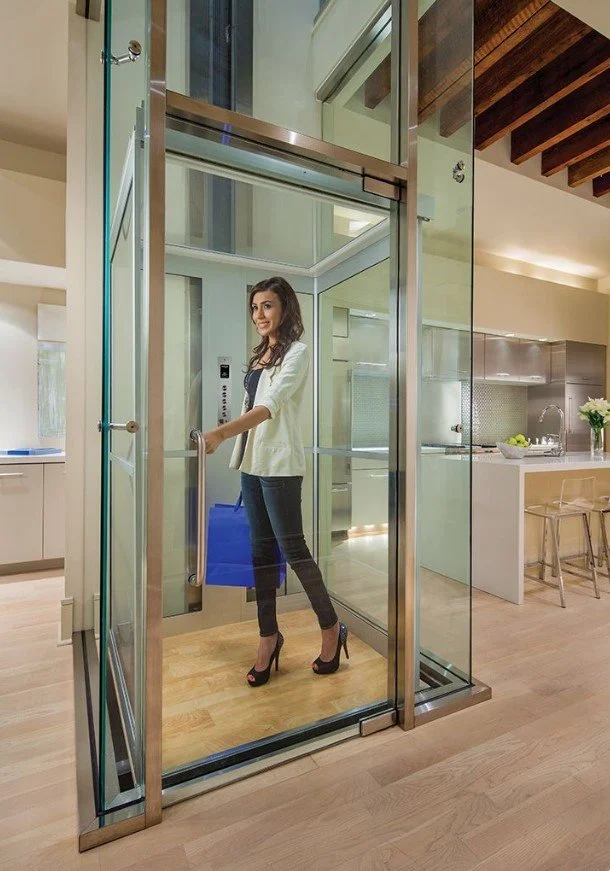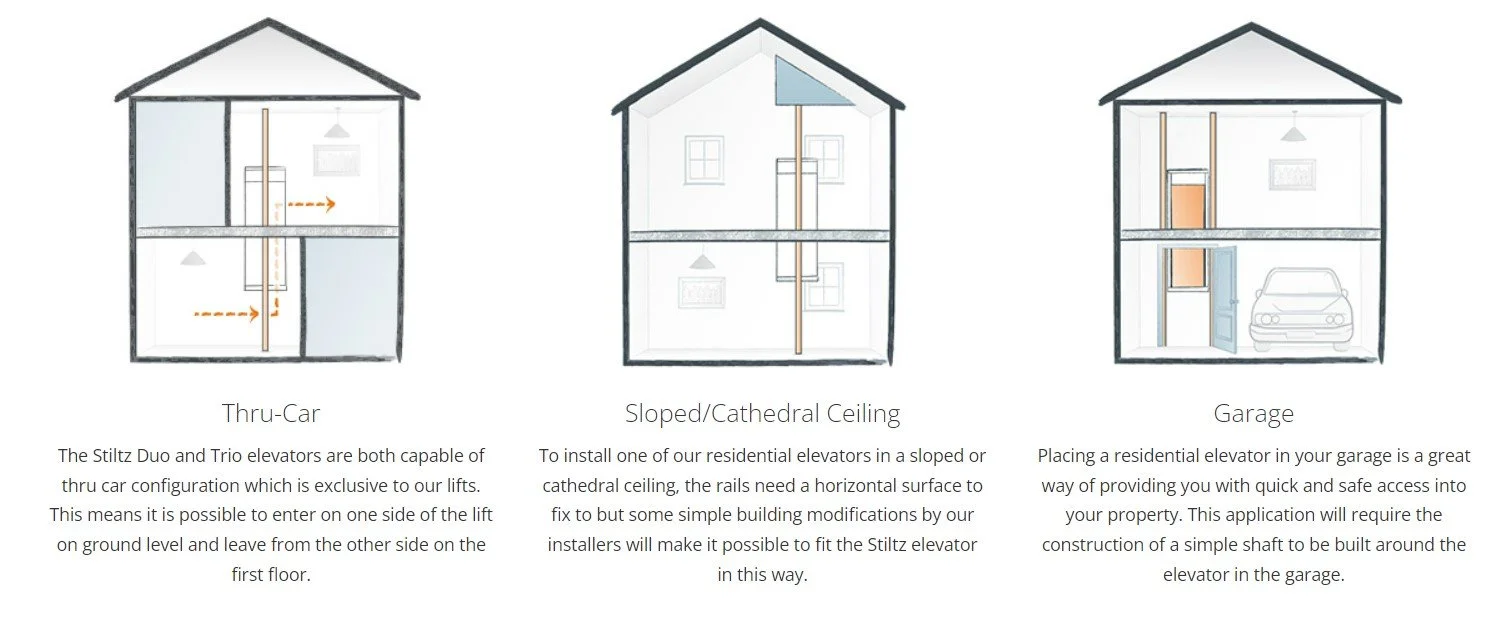Home Elevators
“Mobility limitations can make climbing stairs more difficult, painful, and slow. When you consider the risk of falling on the stairs, the situation becomes dangerous. Yet, selling one’s two-story or three-story home and moving into a one-level ranch or apartment may not be appealing or even financially possible for many older adults. There are options to move into assisted living facilities, but those are cost-prohibitive for many Americans too, with the national median cost reaching roughly $48,000 annually.
Fortunately, home elevator companies have emerged to provide a potentially less expensive option for people with mobility limitations to stay in their home.”
“Home elevators are suitable for people of any age who live in a private residence but have difficulty using the stairs. Since statistically one in four Americans over the age of 65 falls every year, helping them avoid the need to climb stairs can be a great preventive measure. Younger people may suffer from various mobility limitations such as multiple sclerosis or cerebral palsy, to name a few examples. A home elevator can help them move throughout their entire home as well.”
Start with these home elevator recommendations from Verywell Health’s article on Best Home Elevators.








